LED lighting drives product innovations
Underwater lights are submersible luminaires that illuminate from the hull sides and/or bottom of a boat to create engaging ambiances, attract fish, or enhance safety. Underwater boat lighting is now an exclusive realm of LED lights. LEDs draw much less power than incandescent lamps, which means they are less likely to strain marine batteries and electrical systems. LEDs run natively on DC power. This inherent compatibility simplifies integration of the underwater LED lights with the DC electrical systems of the boats. Low voltage operation of the LEDs provides for electrical safety. Another great benefit of LED technology is long operational life. Underwater LED lights require virtually no maintenance over their rated life which usually exceeds 30,000 hours. With LED lighting the visual performance of lighting, such as color effects and optical distribution, can also be improved.
Types of underwater LED boat lights
Underwater LED boat lights can be divided into three types: surface mount, thru-hull, and thru-hull interchangeable lights. Surface mount lights are self-contained systems that incorporate all components into a single assembly and attach to the exterior of the hull. Thru-hull lights have shafts going through the hull and often mount flush with the hull. The LED driver can be mounted remotely. Thru-hull interchangeable lights are thru-hull fixtures designed with detachable LED modules.
Thanks to the chip-, package-, and module-level spectral tunability, underwater LED boat lights have an arrays of color options in their output. They are available in single color (blue, white, or green), dual-color (e.g., blue/white combo), and color changing configurations. White and blue are the mostly used colors in underwater lighting applications. The colder the white or the bluish the white the further it travels in water. Typically, cool white light works best in shallow, sandy areas; blue light travels further in salt water than any other and is most versatile for changing water conditions; green light is often used to illuminate murky, green or brown water.
Commonly designed as RGB, RGBW or RGBAW systems, color changing lights can produce adjustable-color light output throughout a broad gamut area, including millions of saturated colors, pastels, and whites in different shades.
Underwater LED boat lights emit in beam angles ranging from narrow to wide. Narrow beams penetrate deeper into the water, but the lighting does not provide the coverage as well as the richness and depth of color offered by wide beam floodlighting.
System design
The LEDs used in underwater LED boat lights are often discrete mid-power packages. The reflective package housing lends them a luminous efficacy higher than other types of LED packages. The LEDs are mounted on a metal-core printed circuit board (MCPCB), in a series string or in a multi-channel configuration for independent operation of each LED channel in dual-color and RGB color mixing systems. The RGB module can be either a group of LED packages in different colors or an integrated LED array that include LED chips in multiple colors in a single package.
A boat typically has multiple underwater LED lights installed around the body. To ensure color consistency from fixture to fixture, the LEDs must be binned by their chromaticity, photometric output, radiometric power or peak wavelength. The LEDs are operated by constant current LED driver which can be a switch mode power supply (SMPS) or linear power supply. The color changing
LED module is operated by a multi-channel SMPS which can perform individual, accurate dimming control of the component LEDs (red, green and blue) such that predictable colors can be produced from an RGB LED. The LED drivers of underwater lights may have a communication interface that accepts control input from a dash-mount controller. The control protocol can be 0–10V DC, digital addressable lighting interface (DALI), DMX, Wi-Fi, or ZigBee.
SMPS driver circuits generate electromagnetic interference (EMI) and radio frequency interference (RFI) due to the high-speed switching operation. EMI/RFI filtering and screening is an important part of driver design. The primary advantage of linear power supplies is that they produce no EMI radiation. But they are usually less efficient and deficient in the ability to perform advanced control strategies.
Thermal management
The housing is the most influential part of the thermal path of an LED luminaire, but corrosion control and thermal conduction go hand in hand in selecting the housing material for underwater LED boat lights. Underwater LED boat lights are constructed from corrosion resistant materials such as brass, stainless steel, and thermally conductive polymer. Most underwater LED boat lights take advantage of water cooling and thus are designed to run underwater. Operating them above the surface of the water for a long period may result in overheating of the LEDs. The lights are typically equipped with an intelligent overtemperature protection feature which will dim or turn off the lights to avoid overtemperature damage when the LED junction temperature is excessively high.
Ingress protection
Ingress protection is another critical consideration. The luminaires are hermetically sealed at all points of entry and material transition to resist ingress of water. These IP68 rated systems are protected against effects of water immersion under pressure for the lifetime of their operation.

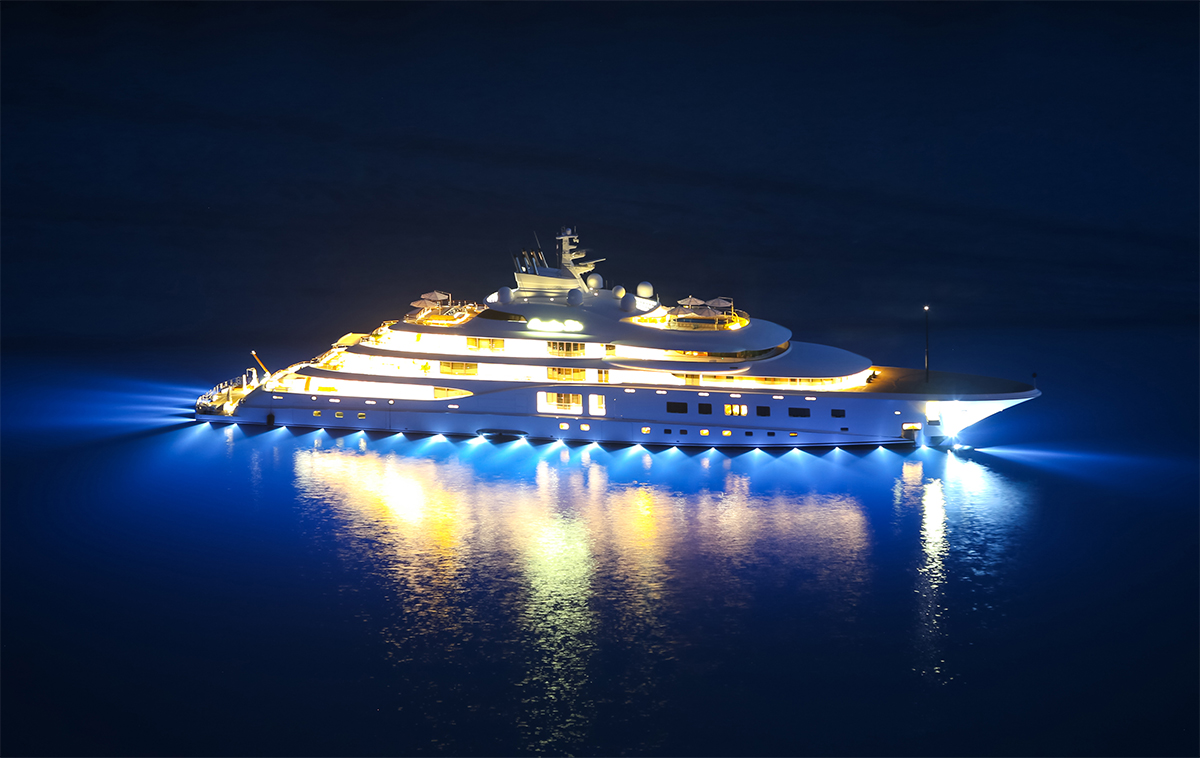
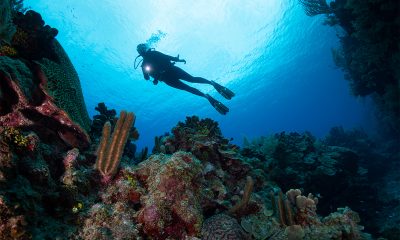

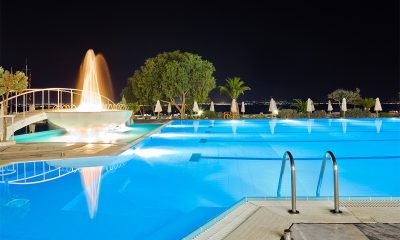

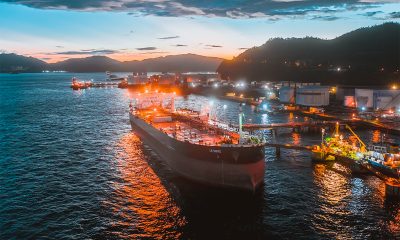
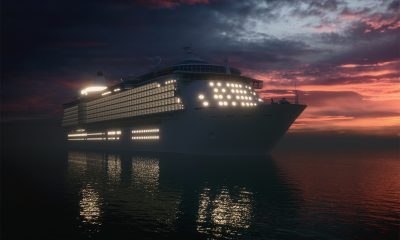


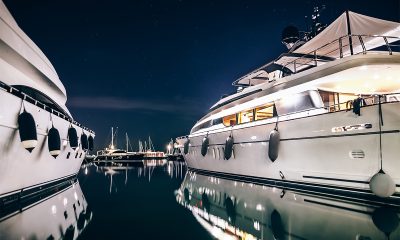
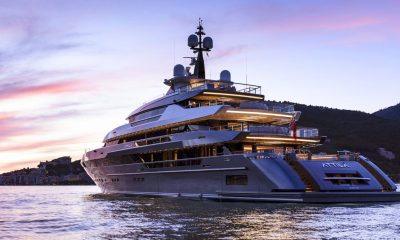
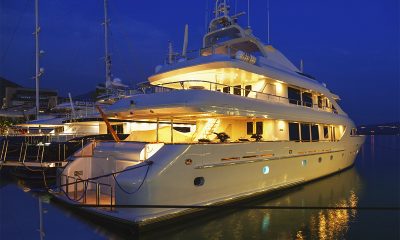





Loading...